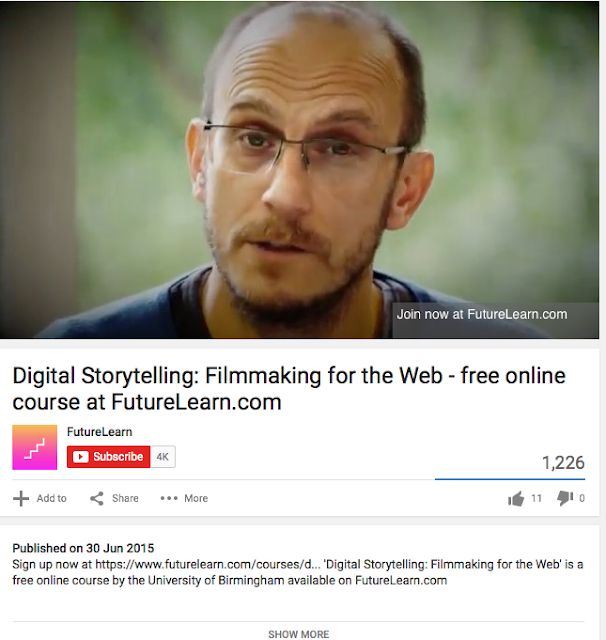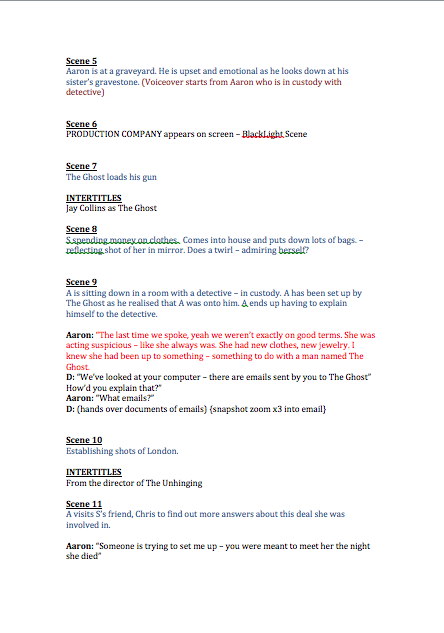 |
| Female Refugee costume |
I have made this collage above on PicMonkey of myself playing the female Refugee. PicMonkey is a really useful tool as it allows me to edit photographs brightening the lighting and adapting the size of the photograph; the photo editing tool also allows me to make collages of photographs I have taken.
I then wore a silky, orange veil-like headscarf whilst filming.
HERE is a link to one of the blog posts I wrote about planning character costumes using Pinterest for inspiration - specifically this link sends you to a post on the Female Refugee.
I then wore a silky, orange veil-like headscarf whilst filming.
HERE is a link to one of the blog posts I wrote about planning character costumes using Pinterest for inspiration - specifically this link sends you to a post on the Female Refugee.
HERE is a link to a blog post I have wrote about the costumes and props of the female refugee; including reasons why I was wearing certain clothing items.


















































